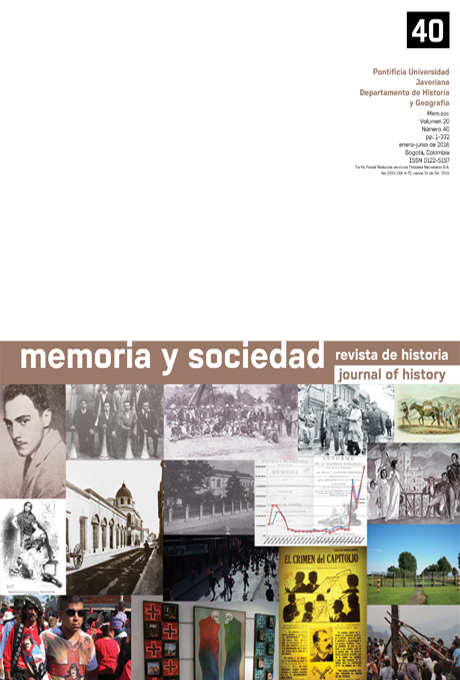Abstract
The purpose of this article is to analyze the social
and historical development of the Pentecostal
Methodist Church of Chile (imp) and
the Pentecostal Evangelical Church (iep); representatives
of the Chilean Pentecostal movement
(1909 – 1973). We consulted primary
sources corresponding to the magazines published
by the movement since 1909. From
an epistemic standpoint, the social legitimacy
theory of Max Weber helped to explain
the origin and development of Chilean Pentecostalism
and how this was a religious movement
of charismatic legitimacy that evolved
and became an institution in Chilean society.
Around 1932, once the movement had established
itself, the Pentecostal charisma entered
into a routinization phase, generating its
first schism. A faction of the movement became
independent to form the iep and introduce
a government system of traditional legitimacy.
However, the main core of the imp kept a
charismatic model. Despite this, both factions
had to face constant internal tensions between
charismatic and the traditional models, which
led to the formation of new autonomously organized
groups.
The journal Memoria y Sociedad is registered under a Creative Commons Attribution 4.0 International Public License. Thus, this work may be reproduced, distributed, and publicly shared in digital format, as long as the names of the authors and Pontificia Universidad Javeriana are acknowledged. Others are allowed to quote, adapt, transform, auto-archive, republish, and create based on this material, for any purpose (even commercial ones), provided the authorship is duly acknowledged, a link to the original work is provided, and it is specified if changes have been made. Pontificia Universidad Javeriana does not hold the rights of published works and the authors are solely responsible for the contents of their works; they keep the moral, intellectual, privacy, and publicity rights.
Approving the intervention of the work (review, copy-editing, translation, layout) and the following outreach, are granted through an use license and not through an assignment of rights. This means the journal and Pontificia Universidad Javeriana cannot be held responsible for any ethical malpractice by the authors. As a consequence of the protection granted by the use license, the journal is not required to publish recantations or modify information already published, unless the errata stems from the editorial management process. Publishing contents in this journal does not generate royalties for contributors.

